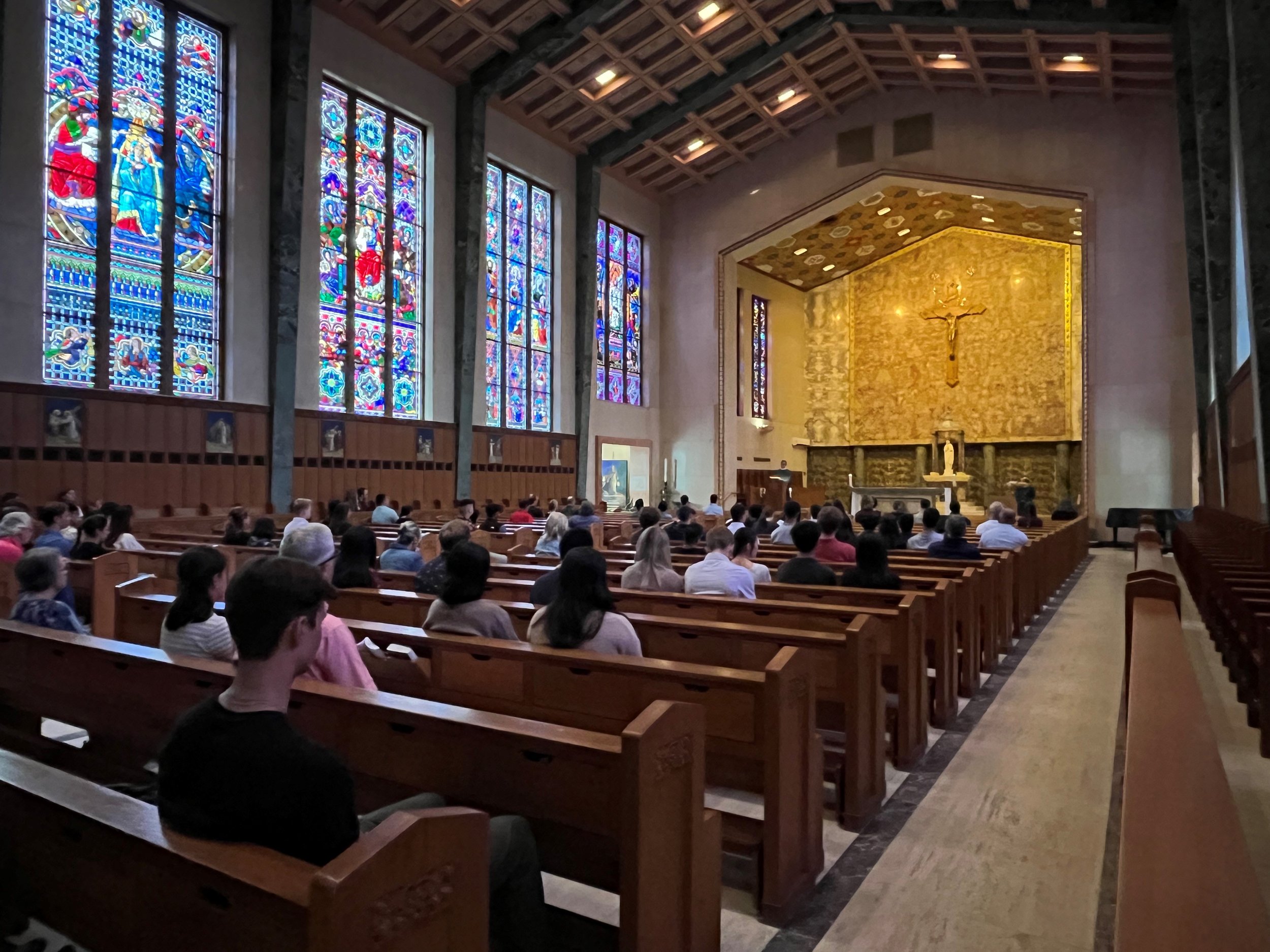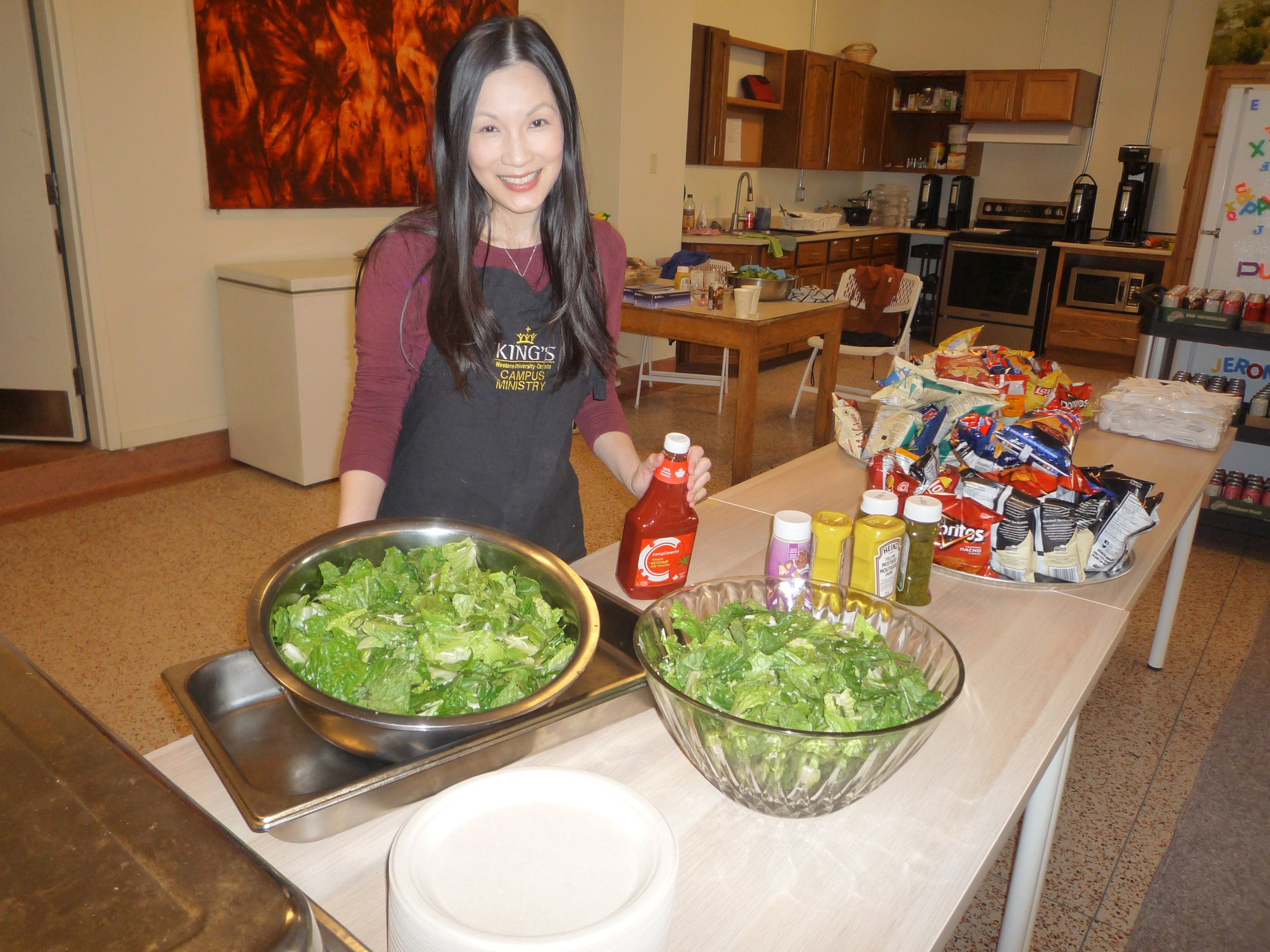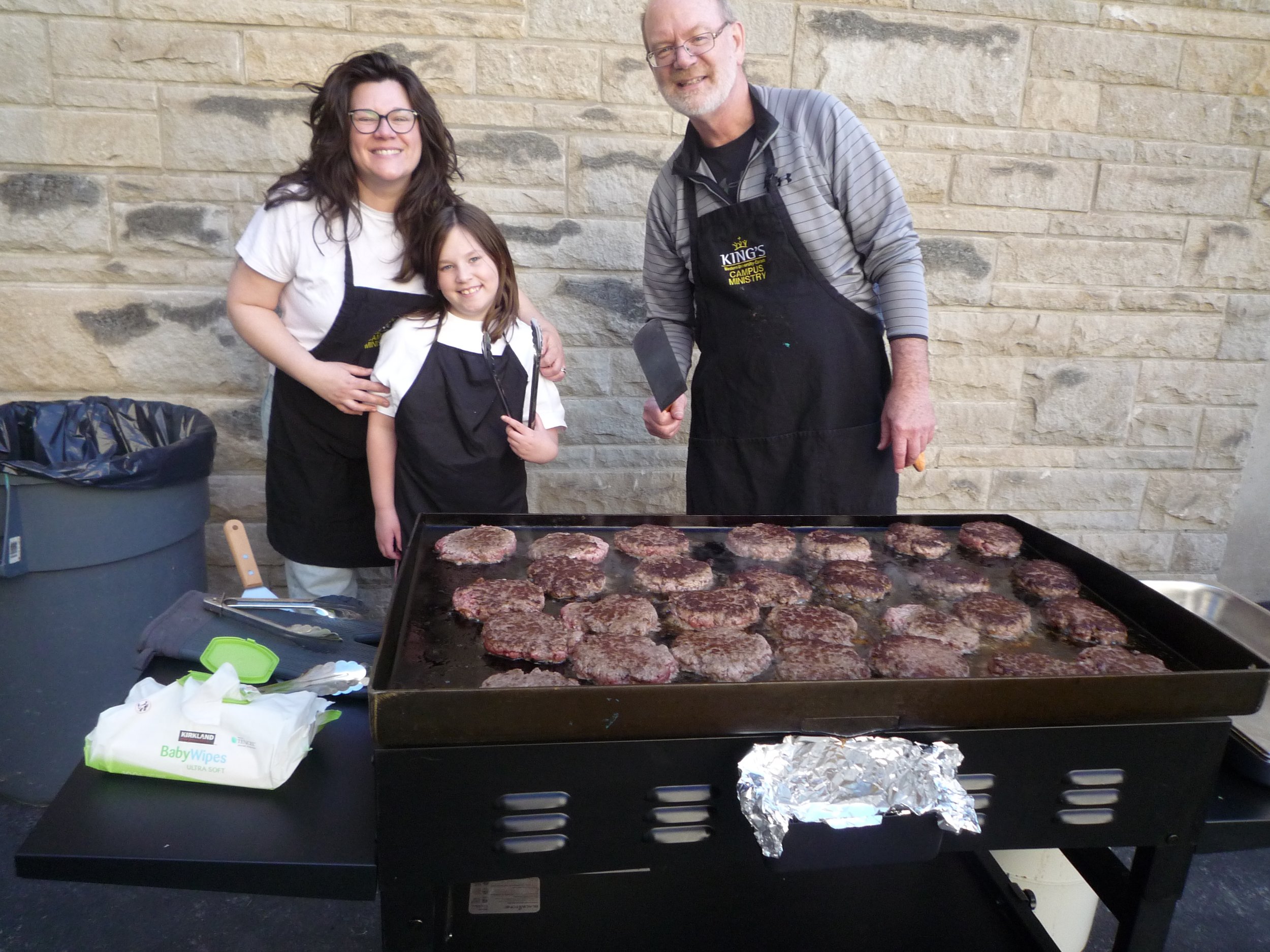The 61st Annual World Day of Prayer for Vocations occurs on Sunday, April 21, 2024 with the theme: “Called to sow seeds of hope and to build peace.”
In his letter to commemorate this day, Pope Francis says, “This day invites us to reflect on the precious gift of the Lord’s call to each of us, as members of his faithful pilgrim people, to participate in his loving plan and to embody the beauty of the Gospel in different states of life. Our life finds fulfillment when we discover who we are, what our gifts are, where we can make them bear fruit, and what path we can follow in order to become signs and instruments of love, generous acceptance, beauty, and peace, wherever we find ourselves.”
Let's dive into the vibrant landscape of religious vocations in the Diocese of Hamilton, where the Diocesan Vocation Director is Father Mark Morley. Father Mark is the son of one of our original Hamilton CSJ Companions, Connie Morley. (A Companion is someone who shares the charism of the Sisters of St. Joseph, embodying active and inclusive love) No doubt through the years, Father Mark has absorbed some CSJ flavour through his dear mother!
One way Father Mark facilitates prayer support for seminarians, deacons, and those in initial religious formation is by distributing prayer cards featuring their names and photos. He further aids young adults in discerning their vocations through dedicated evenings and leads a Men's Discernment Group monthly. Additionally, the Diocese hosts annual events like the Vocation Mass and the Serra Club organizes initiatives such as the Annual Vocations Dinner and visits to Catholic High Schools by representatives from diverse vocations. All these activities contribute to the rich tapestry of vocational discernment in the Hamilton Diocese.
These are some of the many religious vocations in the Diocese of Hamilton:
Sisters of St. Joseph in Canada
School Sisters of Notre Dame
Sisters of the Precious Blood
Sisters of Our Lady Immaculate
Sister Servants of Mary Immaculate
Sisters of the Immaculate Heart of Mary
Poor of Jesus Christ
Felician Sisters
Sisters of St. John the Baptist
Ursuline Sisters of Chatham
Carmelites
The Society of Jesus (Jesuits)
Congregation of the Resurrection
Congregation of the Holy Cross
Hospitaller of St. John of God
Oblates of Mary Immaculate
Barnabite Fathers
Carmelites of Mary Immaculate
Comboni Missionaries
Pallottine Fathers
Legionaries of Christ
Consecrated Virgins
Permanent Deacons
Seminarians (currently 15)
Diocesan Priests
Navigating one's place in the world can be a daunting journey, fraught with uncertainties and complexities. As individuals discern their unique paths in life, we must pray for them and extend our support, affirming the inherent dignity of every individual.
-Sister Nancy Sullivan, CSJ












